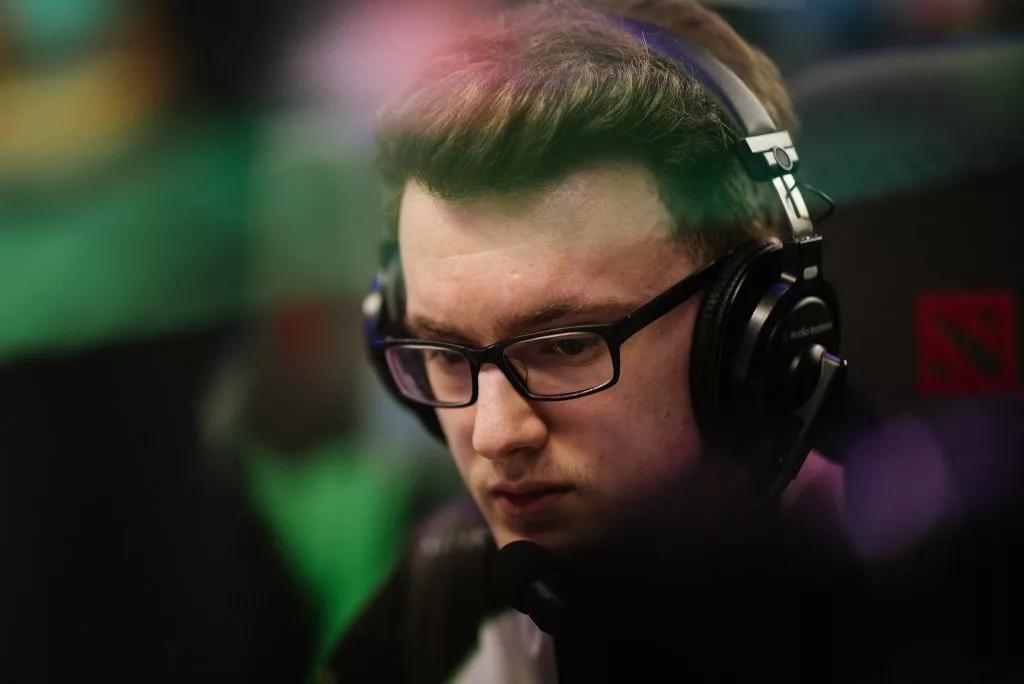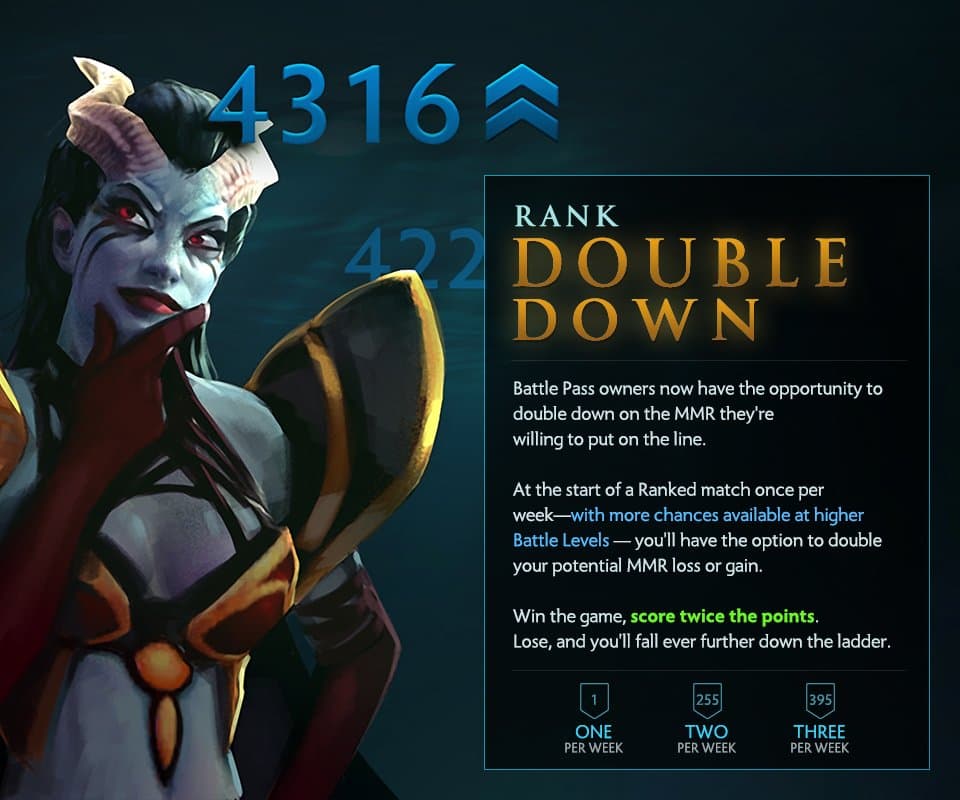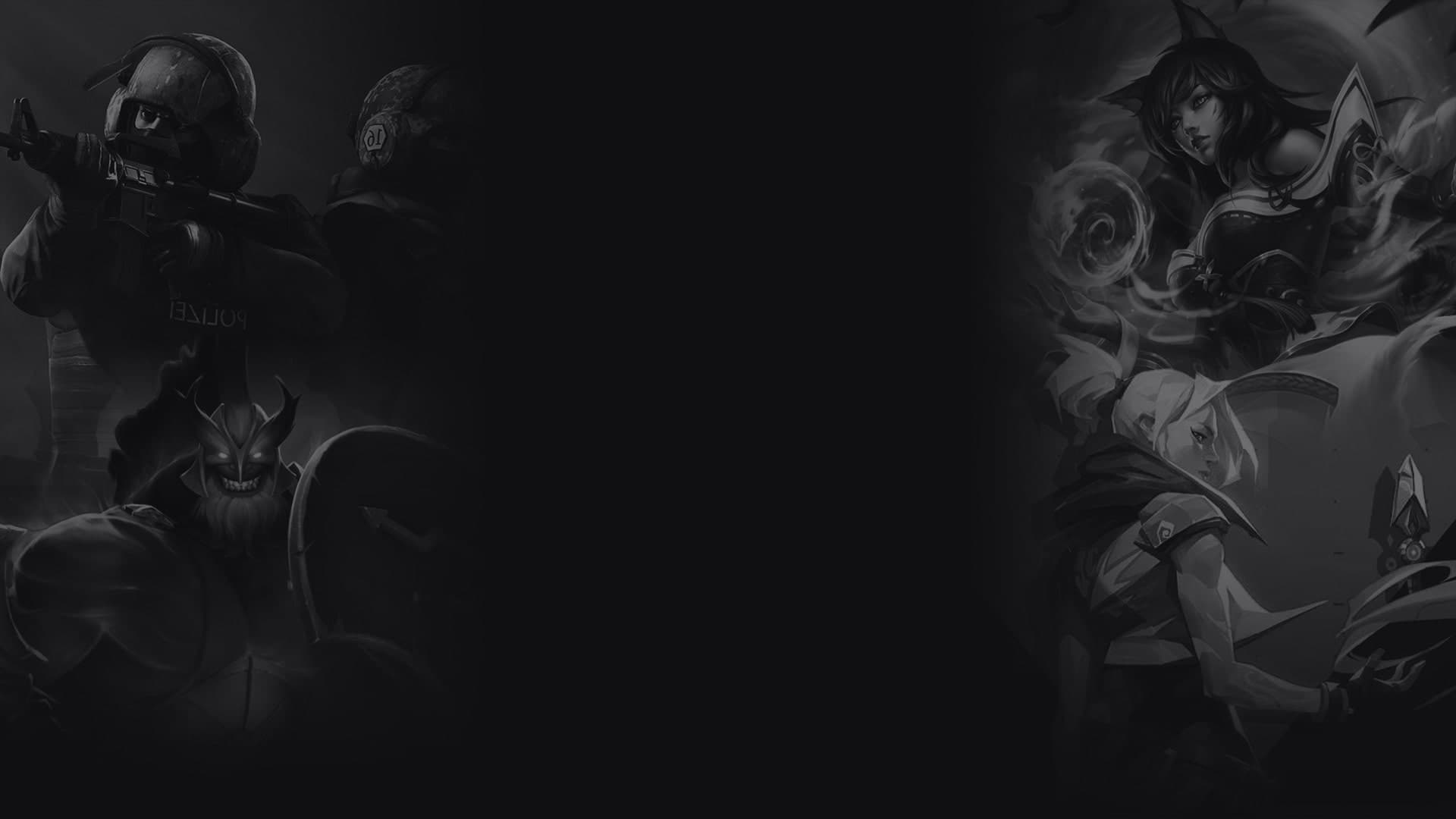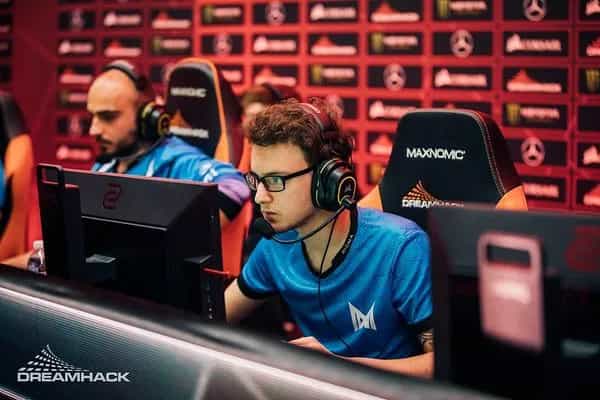The Reality of MMR inflation in Dota 2
MMR has been in Dota 2 ever since Ranked was released. And although numeral changes have been introduced to the parameters that decide who matches with who, the essence remains the same: you win to gain points and lose MMR by losing matches.
When Dota 2 first launched MMR, reaching 6k was considered elite, while 7k was almost unheard of. Today, numbers are rising faster than ever, and not everyone is happy about this!
A quick history of MMR
Here’s a rough timeline of how MMR milestones evolved and which players set those records:
- 7k (2014): The first 7k player was (as far as we could find) a relatively unknown player called “Veldt”.
- 8k (2015): W33- made headlines by breaking 8k, a level previously unimaginable. This milestone was groundbreaking, and for a time, the concept of reaching 8k was reserved for the best of the best.
- 9k (2016): The first 9k player was Miracle-, considered by many to be one of the greatest players of all time.

- 10k (2017): The 1 0 0 0 0 M A T C H M A K I N G P O I N T S barrier was first broken by Abed, who played in the NA region at that time.
- 11k (2020): Abed was also the first player to break the 11k barrier, but there was quite a time in between his 10k and 11k milestones.
- 12k (2021): SEA player 23Savage was the first player to breach 12k, while playing for Talon.
- 13k (2022): Just like Abed, 23Savage managed to get himself a second milestone title, cementing himself as one of the best pub players of all time.
- 14k (2024): Carry prodigy “Watson” was the first player to reach 14k MMR, despite not having a plethora of competitive experience at that time.
- 15k (2024) Ws` is the first player to reach 15k mmr. Reportedly, he went from 12k to 15k in roughly 3 months, which is an absolutely meteoric rise.
- 20k (2024?) No players have reached 20k just yet, but MMR is rising faster than ever. It’s not unthinkable that we will reach 20k soon.
As these milestones have risen, so too has the sense that Dota 2's MMR system might need adjustment to remain a reliable metric of skill. Let’s take a look at the possible causes.

The Double Down Effect: Risk Meets Reward
Valve introduced Double Downs in 2017 as a means to amplify the stakes of a match. When a player chooses to double down, they risk doubling their MMR gain or loss, making their next game worth twice the usual points. On the surface, it’s a way to make climbing (or falling) more exciting, but over time it has added a new layer of unpredictability and inflation to MMR growth.
While the Double Down mechanic is optional, its presence subtly encourages players to take higher risks, amplifying volatility. Players looking to hit milestones (like 6k, 7k, etc.) use Double Downs as a strategic push to leapfrog closer to their targets. In effect, Double Downs aren’t just about personal strategy; they’ve introduced an inflationary force to the entire MMR system, pushing median and top MMR levels upwards.

Before double downs, MMR was practically a zero-sum game (not accounting for leavers, and smurfs), meaning that whenever a team would gain MMR, another team would lose MMR. The total amount of MMR stays relatively constant, but with double downs, the total MMR in circulation increases, because people will generally only double down when they consider themselves to be in favourable positions, creating MMR out of thin air.
MMR Abuse – the real reason for MMR inflation?
With the introduction of double downs, MMR abuse has also been on the rise. Accounts in 5-stacks will queue up in uncommon regions at weird times, or with weird language settings, hoping to queue into another stack doing the same thing (dodging the queue when this doesn’t happen). Then one team will all double down, push mid, and end the game in roughly 11 minutes. increasing the total MMR in circulation by 125 (5 players with +50 vs 5 players with -25). Then the teams will swap winners and repeat.
This can be done by humans but is generally done by bots, as it’s really easy to automate. This has caused a massive surge in not just MMR, but also the buying and selling of accounts, decreasing the quality of games in all brackets.

The Future of MMR and the Reality of Inflation
MMR is likely to keep rising, and eventually, we may see a 20k MMR player. But does this mean that player skill itself has doubled? Not necessarily. Inflation in MMR doesn’t equate to inflation in player talent. Many high-MMR players acknowledge that MMR has inflated to the point where previous milestones no longer hold the same prestige.
This inflation creates a question of “meaning.” What does 8k, 12k, or 16k mean if each year a new ceiling is broken? Valve faces a choice: will they recalibrate, introduce new systems, or let the inflation continue unchecked?

Potential future changes could include:
- MMR Caps or Rank Expansions: Valve might adjust the ranking tiers to better reflect the current MMR spread. New ranks above Immortal might emerge, redefining the high end of the ladder.
- The return of MMR resets: Valve has tried in the past to introduce seasons, to try and keep MMR in check. They could try a similar system to make sure MMR doesn’t spiral out of control and discourage account buyers.
What Does MMR Really Mean for Us?
As MMR continues to inflate, it becomes less about an absolute measure of skill and more about relative position. Dota’s beauty lies in the challenge of constant improvement, of feeling the skill gap between where we are and where we want to be. MMR inflation is a byproduct of a dynamic ranking system, but as a community, it’s worth considering how we interpret and value these numbers.
What do you think? Are these MMR milestones still meaningful? And as players, casters, and fans of the game, where do we place our focus as we watch this trend unfold?
"MMR is a metric—but at the end of the day, it’s the quality of games and the growth we experience that make the grind worth it."
Read more: Tundra vs Falcons rivalry
Featured Image Source: Valve

